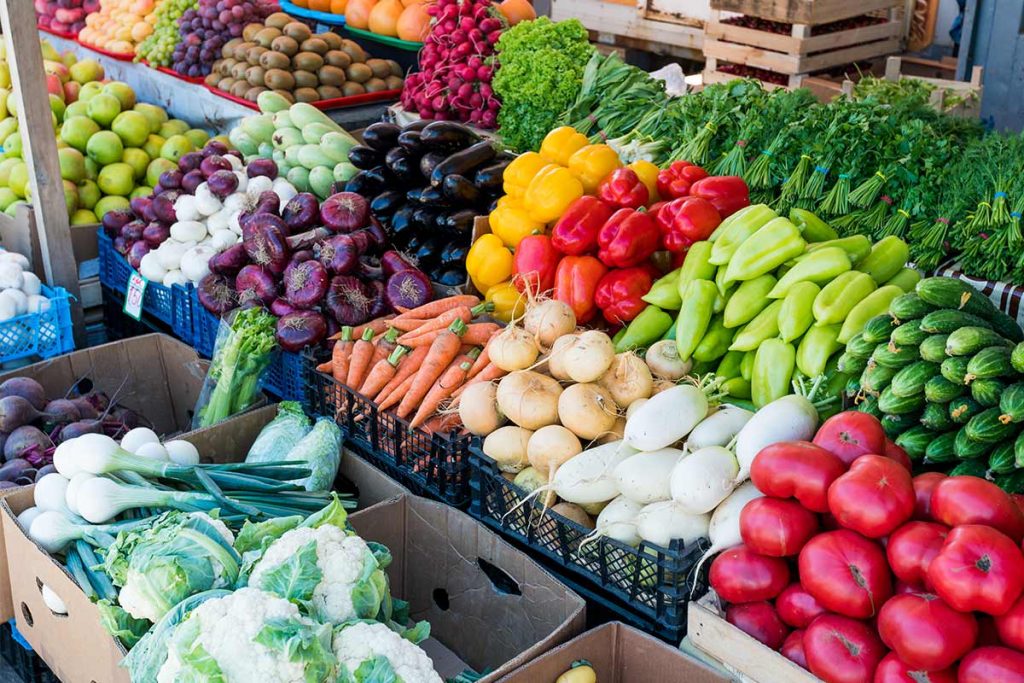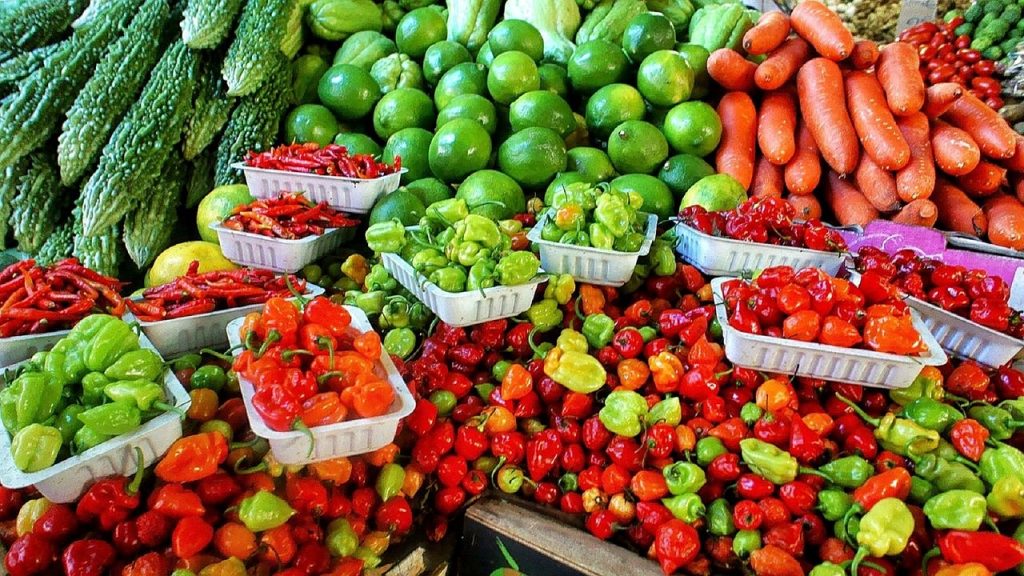Challenges and Best Practices for Establishing a Local Food Market
There are a number of challenges and best practices to consider when establishing a local food market. We will discuss:
Increasing demand for locally grown food
Increasing demand for locally grown food has many benefits. In addition to being more affordable, local food is usually free of pesticides because local food producers use natural pest repellents. Buying local food also means you won’t have to worry about long trips and the use of preservatives and chemicals to keep it fresh. In fact, a growing number of supermarkets and restaurants are now carrying a variety of locally grown foods.

Despite the challenges of marketing locally grown food, the trend is growing fast. In 2015, the number of farmers markets and other food-related businesses increased by 380 percent. It has also led to more awareness of the benefits of eating locally grown food. In turn, this increased awareness of local food has led to a rise in sales of locally grown produce. In addition to being more affordable, consumers have increased their awareness of healthy eating and the importance of buying seasonal foods.
Challenges of establishing a local food market
Developing a local food market requires unprecedented collaboration between residents, farmers, policymakers, and implementation groups. Working together, diverse groups can create practical initiatives that improve the food system and population health. But the road to success is far from smooth. Here are some of the challenges to building a successful local food market:
Identifying the appropriate grant programs. Some grants require producers to use grant funds to promote their products. Others stipulate a certain limit of the amount of sales they must make. While this may seem unfair, it is vital to avoid being too restrictive in your definition of local. By creating a local food market, you’ll have access to high-volume, diverse foods at affordable prices. And the best way to attract local food producers is to establish a cooperative – an association or farm co-op can be the perfect service provider for organizing a group of buyers.
Best practices for local food markets
There are several best practices for managing and operating a local food market. Market managers must develop a promotional plan and consult with vendors, board members, and local food purchasers. Market leaders should also take the time to research the area to see how consumers purchase food locally. Once a promotional plan has been developed, market managers should consider the following best practices for market promotion:

Farmers markets provide a unique opportunity to connect consumers with local, organic, and sustainable food. Many customers are willing to pay higher prices for higher-quality products. Farmers markets are often community centers and gathering places, and communities can develop a unified identity through them. While the benefits of food produced in a local area are many, some are not so obvious. In some cases, the food produced locally may be better and more nutritious.
Energy conservation in the local food market
In a life-cycle analysis, Swedish and Spanish tomato producers were compared. The authors found that Swedish tomato production produced the highest GHG emissions, while Spanish production used one-fifth the energy, and both required a high amount of coal burning. The energy efficiency of local food production depends on many factors, including production methods. The authors conclude that energy savings will not be sufficient to make the local food market competitive, and that energy savings are needed to encourage consumers to buy locally produced food.



